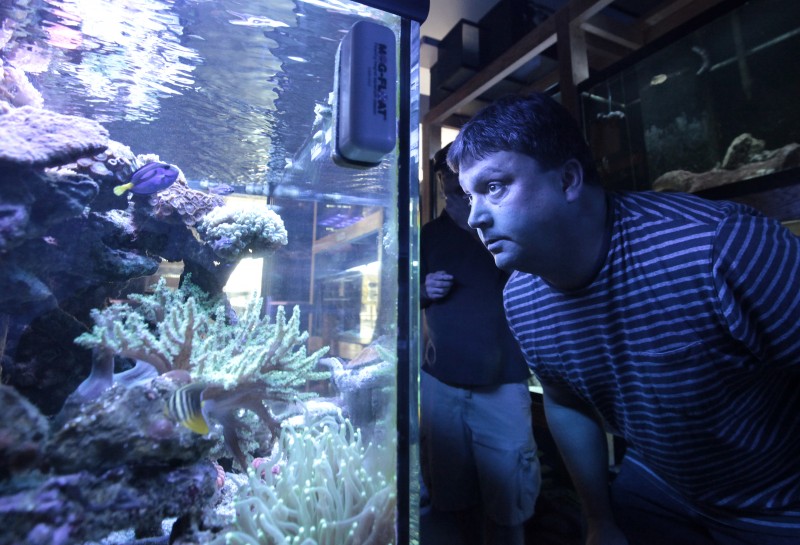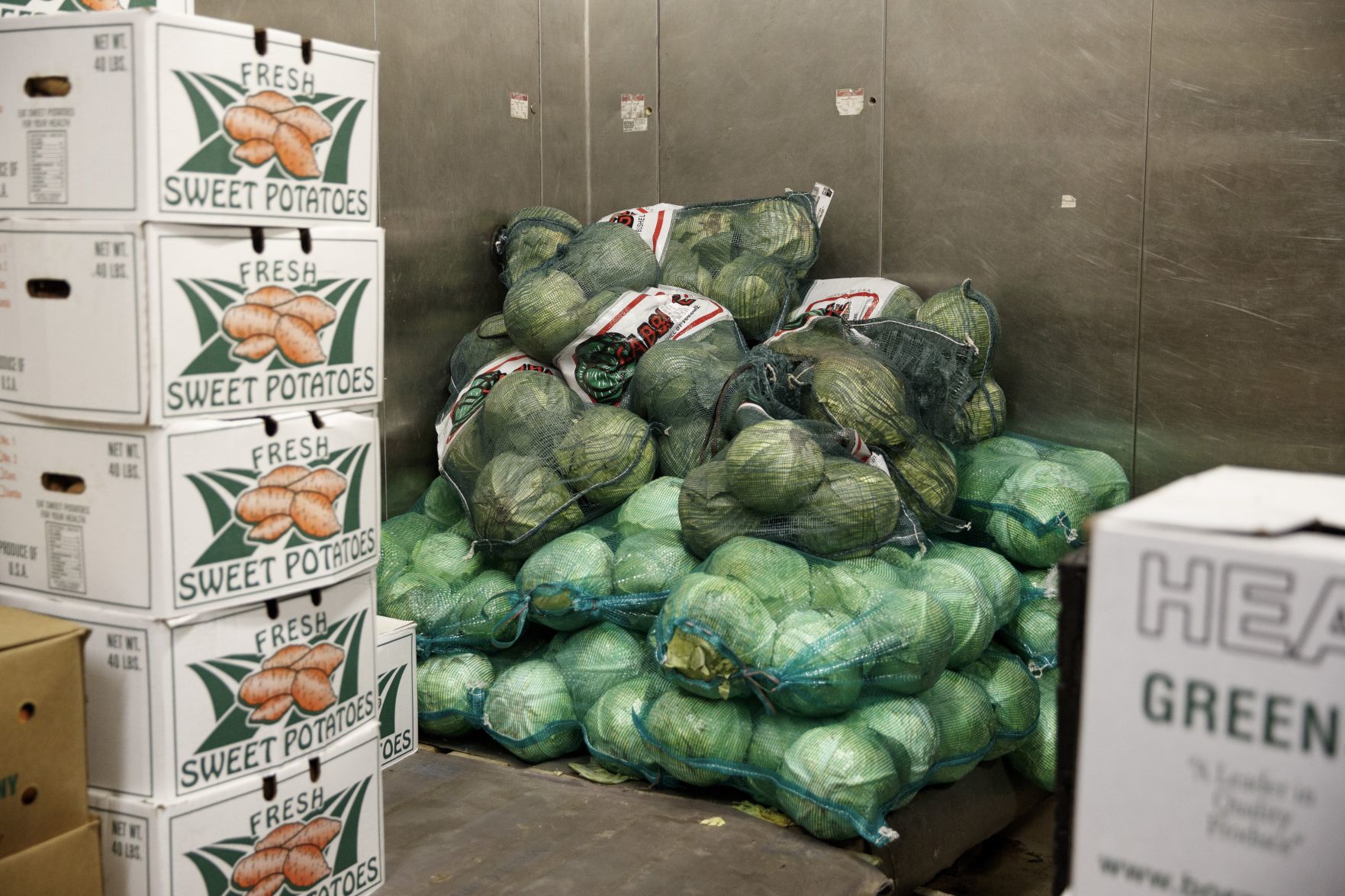

#Living art aquarium madison how to
And some of our soldiers even asked whether the things that we saw were not a dream? (.) I do not know how to describe it, seeing things as we did that had never been heard of or seen before, not even dreamed about.Ī picture of Tenochtitlan and a model of the Templo Mayor at the National Museum of Anthropology of Mexico City When we saw so many cities and villages built in the water and other great towns on dry land we were amazed and said that it was like the enchantments (.) on account of the great towers and cues and buildings rising from the water, and all built of masonry. This was also popular in other Mesoamerican cultures. Also, the upper classes and pregnant women washed themselves in a temāzcalli, similar to a sauna bath, which is still used in the south of Mexico. According to the context of Aztec culture in literature, the soap that they most likely used was the root of a plant called copalxocotl ( Saponaria americana), and to clean their clothes they used the root of metl ( Agave americana). Most of the population liked to bathe twice a day Moctezuma was said to take four baths a day. For drinking, water from mountain springs was preferred.

This was intended mainly for cleaning and washing. Two double aqueducts, each more than 4 km (2.5 mi) long and made of terracotta, provided the city with fresh water from the springs at Chapultepec. The levee kept fresh spring-fed water in the waters around Tenochtitlan and kept the brackish waters beyond the dike, to the east. Estimated to be 12 to 16 km (7.5 to 9.9 mi) in length, the levee was completed circa 1453. During the reign of Moctezuma I, the " levee of Nezahualcoyotl" was constructed, reputedly designed by Nezahualcoyotl. Since it formed in an endorheic basin, Lake Texcoco was brackish. Lake Texcoco was the largest of five interconnected lakes.
#Living art aquarium madison series
The city was interlaced with a series of canals, so that all sections of the city could be visited either on foot or via canoe. The bridges could be pulled away, if necessary, to protect the city. The causeways were interrupted by bridges that allowed canoes and other water traffic to pass freely. The city was connected to the mainland by bridges and causeways leading to the north, south, and west. The city extended from north to south, from the north border of Tlatelolco to the swamps, which by that time were gradually disappearing to the west the city ended more or less at the present location of Avenida Bucareli. Tenochtitlan covered an estimated 8 to 13.5 km 2 (3.1 to 5.2 sq mi), situated on the western side of the shallow Lake Texcoco.Īt the time of Spanish conquests, Mexico City comprised both Tenochtitlan and Tlatelolco. The city is located in modern-day Mexico City. Tenochtitlan was one of two Mexica āltepētl ( city-states or polities) on the island, the other being Tlatelolco. The World Heritage Site of Xochimilco contains what remains of the geography (water, boats, floating gardens) of the Mexica capital. Today, the ruins of Tenochtitlan are in the historic center of the Mexican capital. It subsequently became a cabecera of the Viceroyalty of New Spain. The city was the capital of the expanding Aztec Empire in the 15th century until it was captured by the Spanish in 1521.Īt its peak, it was the largest city in the pre-Columbian Americas. The city was built on an island in what was then Lake Texcoco in the Valley of Mexico. The date 13 March 1325 was chosen in 1925 to celebrate the 600th anniversary of the city. The exact date of the founding of the city is unclear. Please remember this is my own opinion based on my own interests.Tenochtitlan, also known as Mexico-Tenochtitlan, was a large Mexica altepetl in what is now the historic center of Mexico City. Overall I would give the store a 4.5 out of 5. I also found that they keep several neos and caridinia species as well which was awesome. A little pricy but I have yet to see a fish store that isn't. I also snagged some nice rock there for a future build. I was surprised as well by the amount of live plants they had for sale. The selection of fish was pretty good but not excellent due to the limited space. I was very surprised that every tank was clean, and I mean CLEAN. When I first entered the shop was small but very clean and inviting. Upon arriving, the shop looked very nice and is in a great area of Madison. Well I think I am one of the very few who visits this section but for who ever it may help I will give my review of the Living Art Aquarium fish store in Madison.


 0 kommentar(er)
0 kommentar(er)
